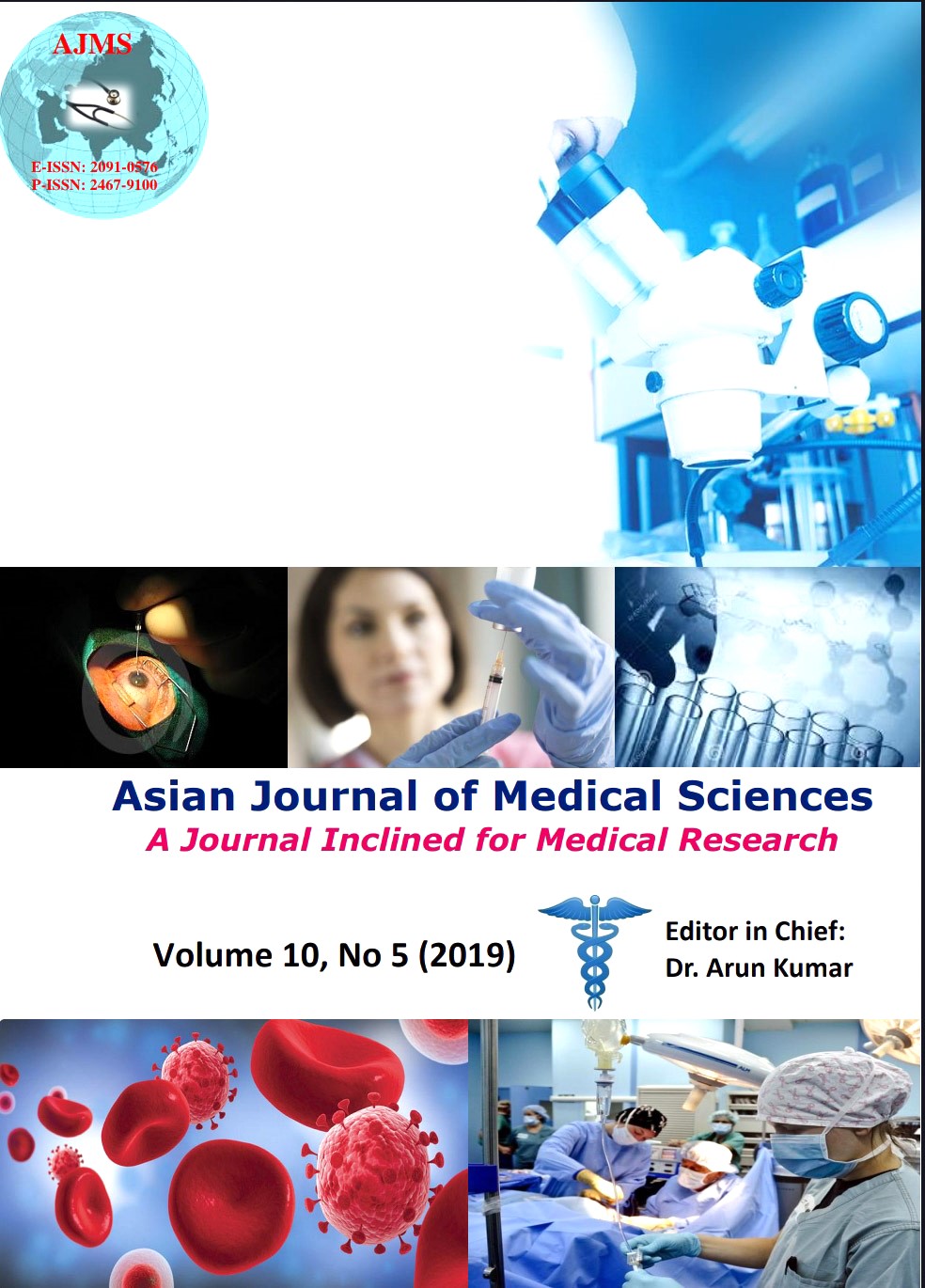Chinabunchorn chanting causes stress level reduction evaluated by Thai Stress Test
Keywords:
Stress, Thai Stress Test, Meditation, Chanting, Chinabunchorn ChantingAbstract
Background: Stress is defined as a bodily or mental tension resulting from factors that tend to alter an existent equilibrium. A stress response is the compensatory reaction the body makes to the disturbance caused by the stressor where overall impact of a stressor will depend on its features and the characteristics of those who have been affected.
Aims and Objective: The aim of this study was to investigate how the Chinabunchorn chanting, an Eastern method of Buddhist meditation, reduced the self-perceived stress among participants. The specific objectives of the study was also to determine the stress level reduction of participants who have self-perceived stress and to relief the stress during specific circumstance.
Materials and Methods: The samples were thirty participants divided into two groups; the target group who listened to Chinabunchorn chanting, the control group who did similar to the previous one except seeing the Buddha image. The Thai Stress Test was applied to all participants by rating their subjective feelings during experiment.
Results: The result showed that there were statistical significance differences of both positive and negative scales comparing between before and after listening to Chinabunchorn chanting. All participants in the target group felt ‘normal mental health’ to ‘excellent mental health’ after listening Chinabunchorn chanting. Meanwhile, all participants in the control group felt ‘mild stress’ to ‘normal mental health’ after listening to Chinabunchorn chanting. However, no participant showed severs stress (stressful) in this study.
Conclusion: By listening to Chinabunchorn chanting during any activities would help the stress level reduction.
Downloads
Downloads
Published
How to Cite
Issue
Section
License
Authors who publish with this journal agree to the following terms:
- The journal holds copyright and publishes the work under a Creative Commons CC-BY-NC license that permits use, distribution and reprduction in any medium, provided the original work is properly cited and is not used for commercial purposes. The journal should be recognised as the original publisher of this work.
- Authors are able to enter into separate, additional contractual arrangements for the non-exclusive distribution of the journal's published version of the work (e.g., post it to an institutional repository or publish it in a book), with an acknowledgement of its initial publication in this journal.
- Authors are permitted and encouraged to post their work online (e.g., in institutional repositories or on their website) prior to and during the submission process, as it can lead to productive exchanges, as well as earlier and greater citation of published work (See The Effect of Open Access).




